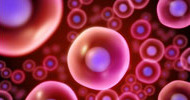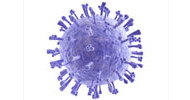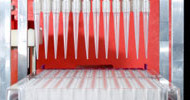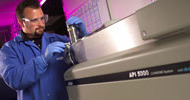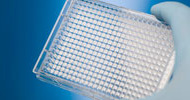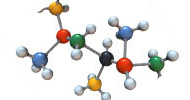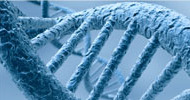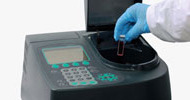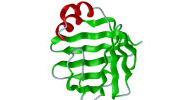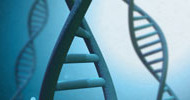Description
ZEISS congratulates Eric Betzig, Stefan Hell and William Moerner on winning the 2014 Nobel Prize for Chemistry. All three underscored the value of microscopy in research with their discovery of methods to achieve superresolution.The limit of optical resolution calculated by Ernst Abbe, company founder Carl Zeiss's partner, in the 19th century has been considerably improved through the use of modern technologies. Today, photo-activated localization microscopy (PALM) enables scientists to view processes in living cells and tissues down to the molecular level – in other words, with resolution in the range of 10 nanometers. As a result, they now have tools to better understand the causes of illnesses and damage to organism, and develop corresponding medicines and treatments.
ZEISS is particularly excited about the recognition now given to Eric Betzig's work, which led to the development of the first commercially available superresolution microscope based on PALM technology. The ZEISS ELYRA microscope system enables the imaging of fluorescence signals with resolution of just a few 10s of nanometers by sequentially activating and deactivating fluorescence proteins. Eric Betzig conducted his work together with Harald Hess. Both are now at Howard Hughes Medical Institute's Janelia Research Campus in Ashburn, Virginia, USA.














